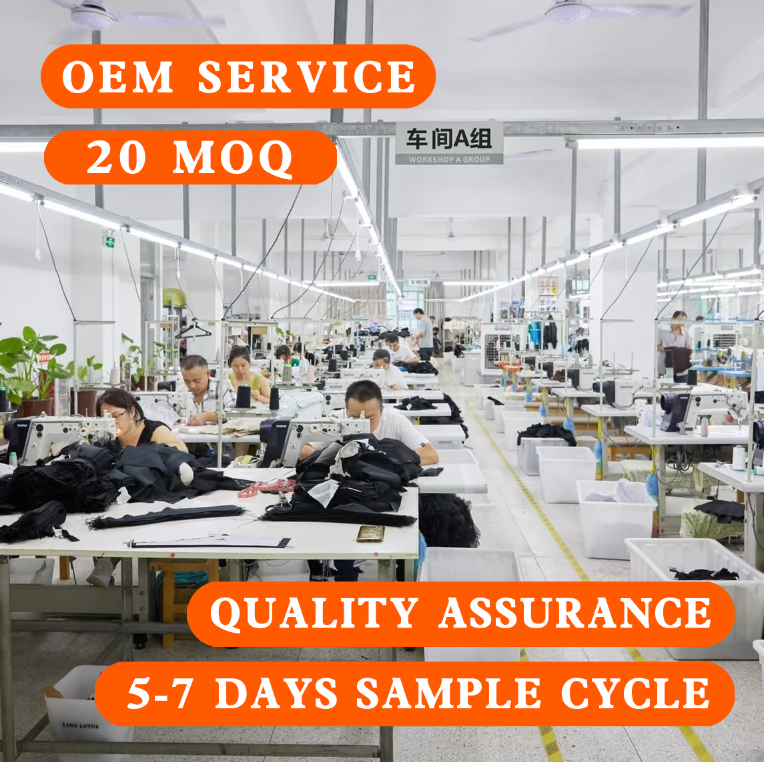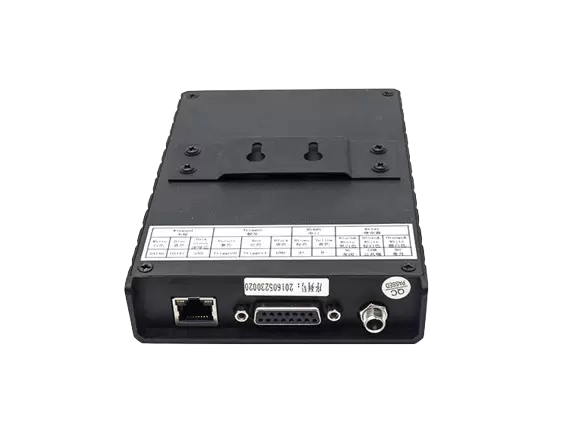3D printing has revolutionized the manufacturing industry, allowing for the creation of complex and intricate designs with ease. However, the majority of 3D printers are limited to printing with hard materials such as plastic, metal, and ceramic. But what about soft plastics? Can you 3D print them? In this article, we will explore the possibilities and limitations of soft plastic 3D printing.
What is Soft Plastic?
Soft plastic, also known as elastomer, is a type of polymer that has rubber-like properties. It is commonly used in the production of products such as toys, medical devices, and automotive parts. Soft plastic is flexible, durable, and can be molded into various shapes and sizes.
Can You 3D Print Soft Plastic?
The short answer is yes, you can 3D print soft plastic. However, it is not as simple as printing with hard plastics. Soft plastic requires a different type of 3D printer and printing process. Traditional 3D printers use a process called fused deposition modeling (FDM), which involves melting plastic and extruding it through a nozzle to create a 3D object. This process is not suitable for soft plastics as they require a lower melting point and can easily deform during the printing process.
To 3D print soft plastic, a specialized printer called a liquid additive manufacturing (LAM) printer is required. LAM printers use a process called photopolymerization, which involves curing a liquid resin with UV light to create a solid object. This process allows for the creation of complex and intricate designs with soft plastics.
Limitations of Soft Plastic 3D Printing:
While soft plastic 3D printing has many advantages, there are also limitations to the process. Soft plastics are more difficult to work with than hard plastics, and the printing process can be more time-consuming and expensive. Soft plastic 3D printing also requires specialized equipment and materials, which can be costly.
Applications of Soft Plastic 3D Printing:
Despite the limitations, soft plastic 3D printing has many potential applications. It can be used in the production of medical devices such as prosthetics and implants, as well as in the creation of toys, automotive parts, and consumer products. Soft plastic 3D printing can also be used in the creation of customized products, allowing for the creation of unique and personalized designs.
Conclusion:
In conclusion, soft plastic 3D printing is a promising technology that has the potential to revolutionize the manufacturing industry. While there are limitations to the process, the advantages of soft plastic 3D printing make it a valuable tool for the creation of complex and intricate designs. As technology continues to advance, we can expect to see more applications of soft plastic 3D printing in the future.









+ There are no comments
Add yours